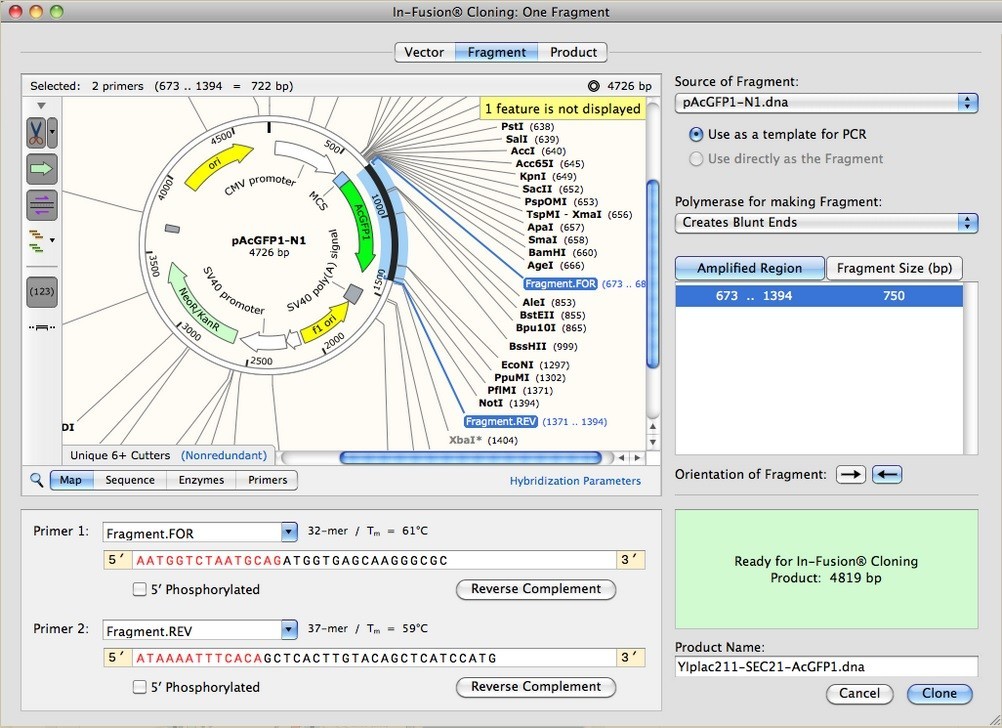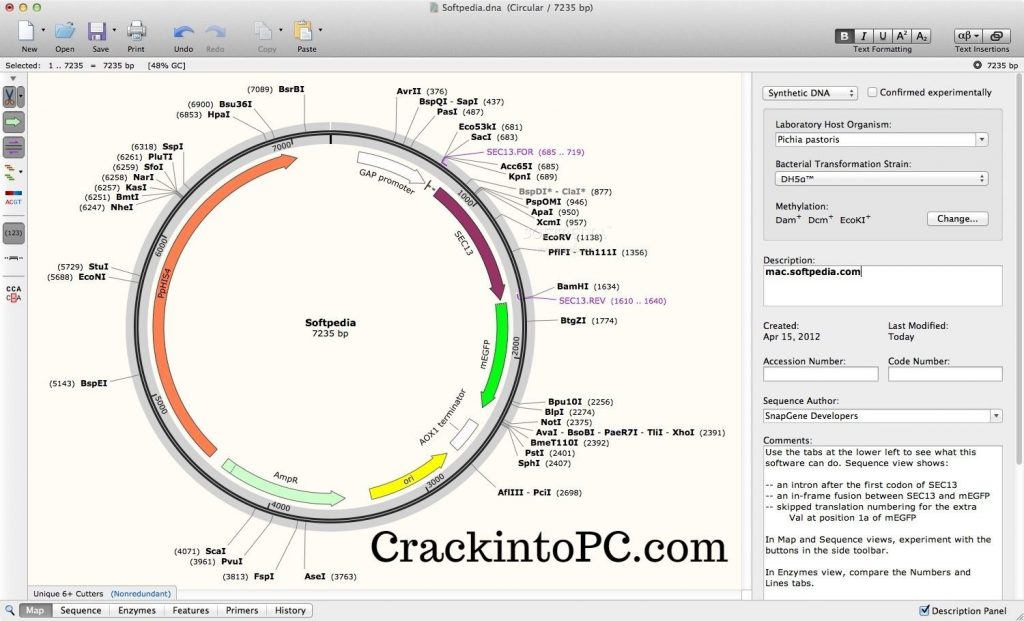

To ensure that BioStudio actually meets the needs of synthetic biologists, it is under development alongside the design of a synthetic Saccharomyces cerevisiae genome, SC2.0.īrickIt aims to create a portable web-based registry that helps synthetic biologists to plan, organize and track their local biobrick samples. Each feature in a GFF file will have a corresponding article in the wiki, where registered users can actively discuss its treatment. Collaboration and transparency is accomplished through the use of a wiki. Each version of the genome is encoded in a Gene Feature Format (GFF) file, which is then displayed by the open source annotation viewer GBrowse and stored in a branching version control system. It uses Gbrowse from the GMOD project for its user interface and is currently able to locate and manipulate potential and existing restriction enzyme recognition sites, identify and incorporate unique sequences for PCR identification of wildtype and synthetic sequence, edit existing genome features, and incorporate and annotate user-created genome features. It is released under the MIT License.īioStudio is both an integrated development environment and a genome version control system, with the ability to modify nucleotide sequences automatically or manually at multiple resolutions. It is also capable of generating cookie-cutter protocols from user-specified templates and tracking the results, including gel images. BioJADE is written in Java, and makes interactive use of BioBrick Repositories.īioJADE enables system designers to specify a system abstractly, tune it, simulate its behavior using a variety of simulators, and finally package the part for use by either the designer or the public.īioMortar is a lab management system designed specifically to deal with BioBricks. New plug-ins can also be added very easily.īioJADE is a design and simulation tool for synthetic biological systems. C libraries, such as simulations or graph analysis, can easily be incorporated into TinkerCell.

TinkerCell comes with a drawing program that allows users to draw their own graphical representations (if they do not like the defaults). In addition, TinkerCell allows a family tree of biological parts to be loaded from a database. Although still in development, it will have all the features in Athena. TinkerCell is a highly flexible visual tool.

Note: Athena has been succeeded by Tinkercell In addition to simulation, Athena supports a few other useful features: Database of Ecoli regulatory network from RegulonDB, Graphical view of part sequence, Automated derivation of transcription rate equations, Interface to all Systems Biology Workbench programs, Interface with R statistical language, Easy plugin architecture The connection can be achieved using either the PoPS interface or by defining overlapping molecular species (similar to the concept of module in CellML and SBML). It provides a visual interface for building biological modules that can be saved and later connected together. Deepak Chandran, Frank Bergmann, Herbert SauroĪthena is a tool for building, simulating, and analyzing genetic circuits (as well as metabolic/signaling networks, such as SBML files). The language is similar to the Jarnac language introduced by Herbert Sauro several years ago. The modules can be connected together by declaring overlapping molecular species between two modules or via the PoPS in/PoPS out interface. Lucian Smith, Deepak Chandran, Herbert SauroĪntimony is a human-readable and human-writable language for describing biological modules. Place it alphabetically, name the main project contributors, provide a canonical link to the program, and add a paragraph of descriptive text.
#SNAPGENE MIT LICENCE FREE#
Please feel free to add information about a computation tool for synthetic biology (CADs, simulators, databases, lab managements systems, automation software, anything) to the list. This list was seeded by the participants of the 2008 workshop on Standards and Specifications in Synthetic Biology.


 0 kommentar(er)
0 kommentar(er)
